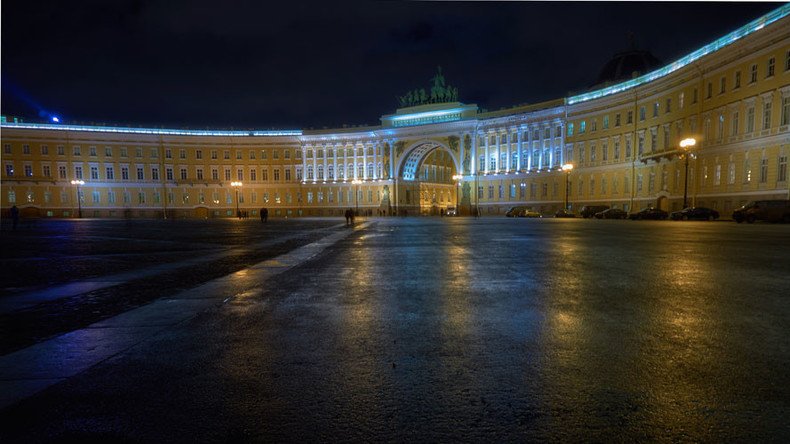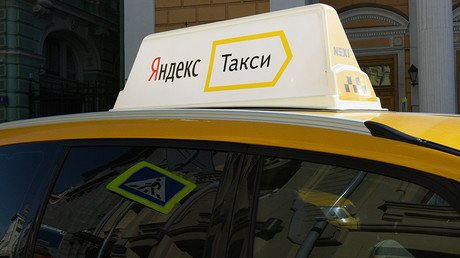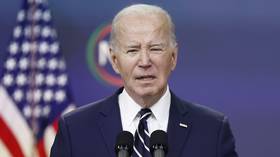Finnish spending spree in St. Petersburg because of weaker ruble

Attracted by the depreciating ruble, tourists from Finland are heading to St. Petersburg to shop in record numbers. Located less than 400 kilometers from the Russia-Finland border, the flood of Finnish visitors to the city has increased by 30 percent.
Finns are buying gasoline, which is a third the cost in Russia, as well as food, alcohol and cigarettes, clothes, shoes and jewelry, news agency Life.ru reports, quoting data from the tourism industry.
The Finnish border patrol says five percent more Finns crossed the Russian border, with 926,000 of them traveling by car to St. Petersburg.
At the same time, the number of Russian tourists going to Finland has significantly decreased, as the ruble has lost almost half its value against the euro since 2014. Last year, the number of tourists from St. Petersburg to Finland fell by 40 percent, and this year it went down another 15 percent.
Those, who continue shopping in Finland, are spending half of what they used to – about €115. Previously Russians spent money in Finland on leisure, now they are buying Finnish products embargoed in Russia – dairy, fish and other foodstuffs.
At the beginning of 2014, one euro cost about 40 rubles. Collapsing crude prices and sanctions pushed the Russian currency to a historic low of 100 rubles to the euro in December 2014. Since then the ruble has recovered to about 75 to the common European currency.













